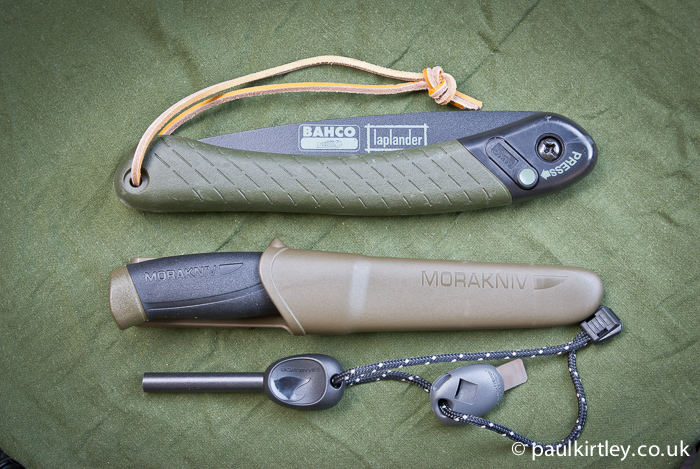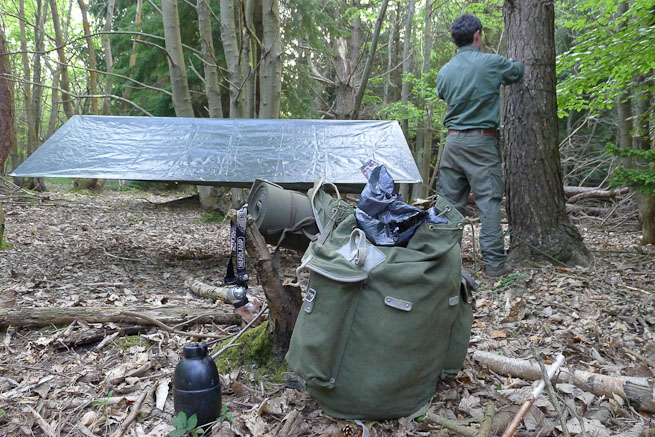Good evening all.
I apologise as I guess this has been asked many many times before.
I am basically a newbie to bushcraft. I have done one wild camp weekend (3 nights) on Dartmoor but that was with mostly borrowed kit.
I am looking at getting my first rucksack I dedicate to bushcraft and wild camping.
to start with I am looking at a 35/40L pack. I’ve seen a Northen Ireland patrol pack that looks something like I would want/would suit my needs (I think)

It would be used mainly for day trips to begin with moving onto overnighters with either a hammock and tarp or tarp and Bivvi.
would appreciate your thoughts and suggestions.
Ta
I apologise as I guess this has been asked many many times before.
I am basically a newbie to bushcraft. I have done one wild camp weekend (3 nights) on Dartmoor but that was with mostly borrowed kit.
I am looking at getting my first rucksack I dedicate to bushcraft and wild camping.
to start with I am looking at a 35/40L pack. I’ve seen a Northen Ireland patrol pack that looks something like I would want/would suit my needs (I think)

Olive Patrol Pack
olive green ni military style rucksack available online from surplus and Outdoors or by calling 01562 863464
www.surplusandoutdoors.com
It would be used mainly for day trips to begin with moving onto overnighters with either a hammock and tarp or tarp and Bivvi.
would appreciate your thoughts and suggestions.
Ta





